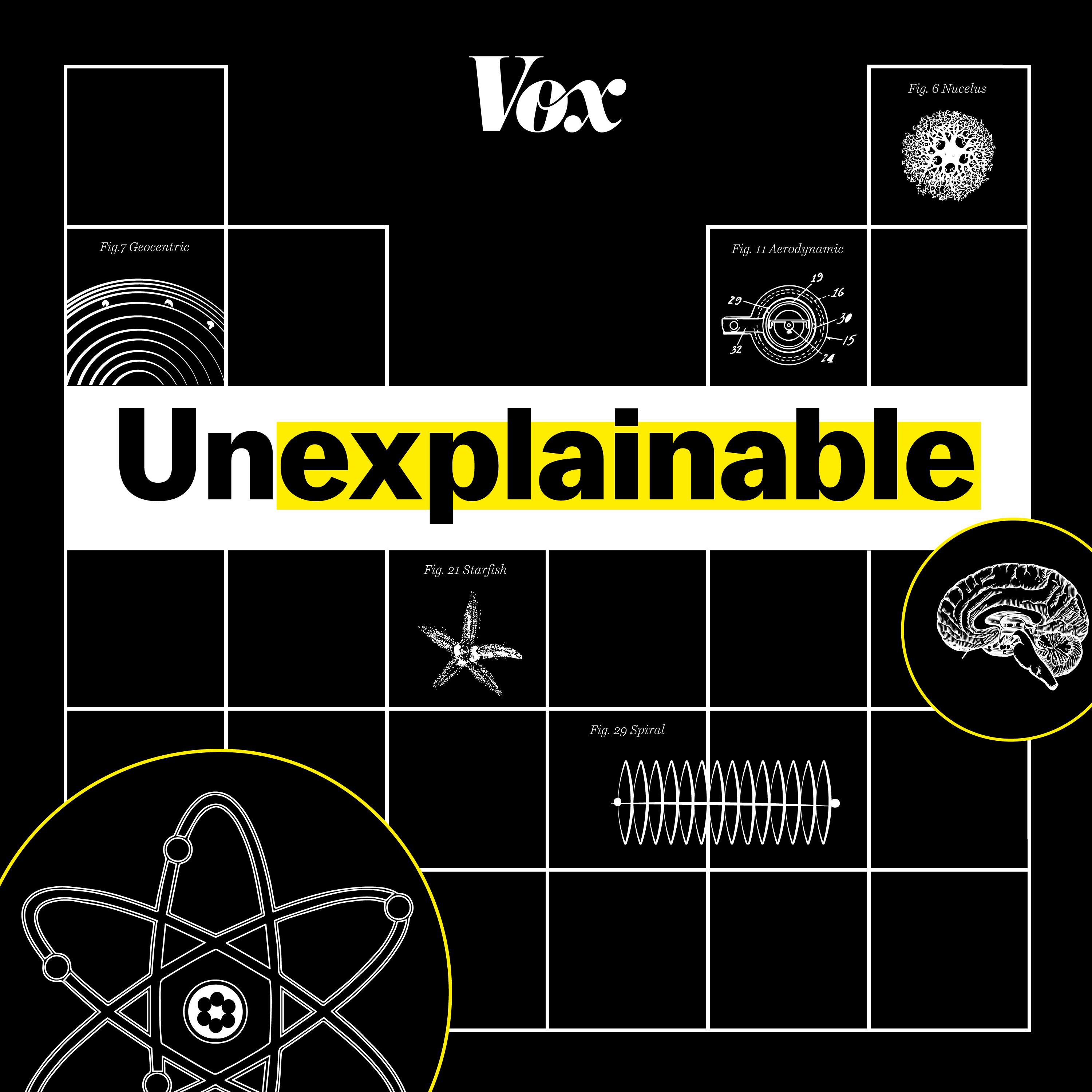
Deep Dive
Shownotes Transcript
In the same way optical illusions trick our eyes, audio illusions can trick our ears. This raises a fundamental question: What is hearing, and how much of it is made up by our brains?
This is the first episode of our new six-part series, Making Sense).
You can find more of Diana Deutsch’s auditory illusions at https://bit.ly/3Mdh6H4), Matthew Winn's research at http://www.mattwinn.com/Research.html), and Mike Chorost's writing at https://michaelchorost.com)
For more, go to http://vox.com/unexplainable)
It’s a great place to view show transcripts and read more about the topics on our show.
Also, email us! [email protected])
We read every email.
Support Unexplainable by making a financial contribution to Vox! bit.ly/givepodcasts)
Learn more about your ad choices. Visit podcastchoices.com/adchoices)
